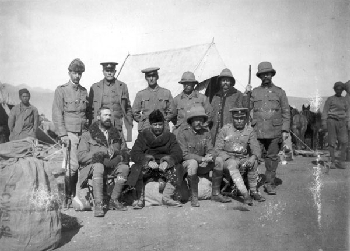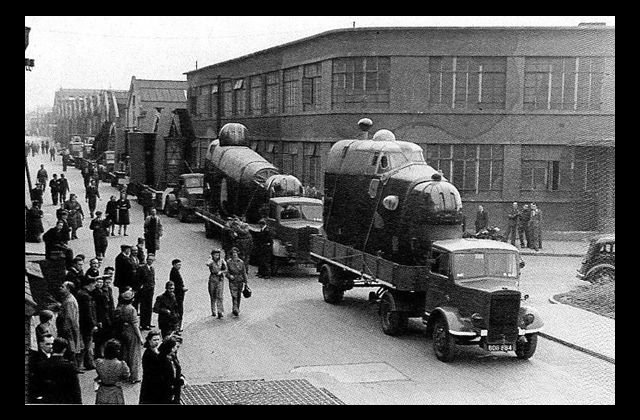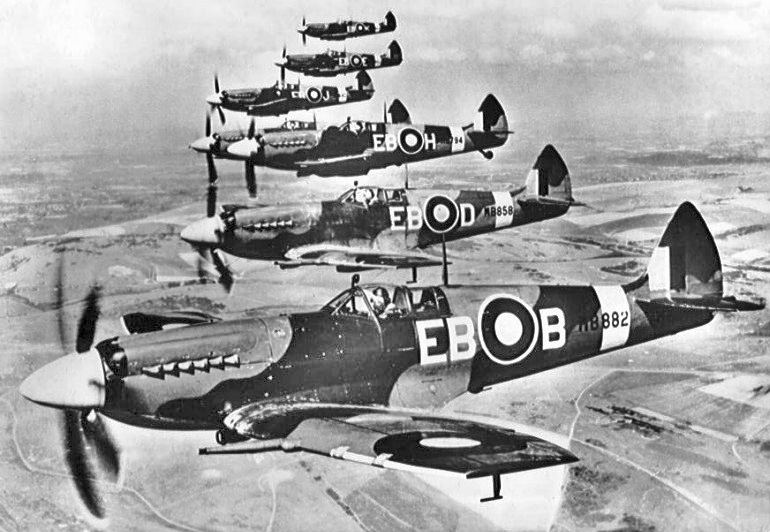The Sound of Drums - A British Hearts of Iron II AAR
Part Fifty-Six
17th October - 7th November 1940
The naval defeat in the Ionian Sea marked the end of the naval offensive in the Mediterranean. In Parliament there were calls to reorganise the fleet system entirely, a notion supported by the defeated Admiral Pound, who was returning to London to help develop new naval doctrines. Following another pair of battles in the Mediterranean, both of which inconclusive, it was decided to recall all vessels in the area back to Alexandria where the fleets could be better redistributed.
Redistribute, reorganise, refine - all words that could describe the next phase of Britains war. The naval war in the Mediterranean had stalled, the only action the Royal Navy was now seeing was hunting German convoys attempting to resupply Norway. Even that theatre of the war was effectively shut down, with both Axis and Allied sides digging in for the winter season. The British tactical bombers had failed to make much damage, and in the end were repulsed by German interceptors and forced to be grounded.
They would be strengthened, but not for a long while. Production had begun on bringing the RAFs tactical bomber strength up to scratch. Six new bomber wings were to be produced within a year to assist ground campaigns. Meanwhile, de Havilland Aircraft began development of a naval bomber design to assist the Navy in the Mediterranean.
Bombers under construction
Chancellor Yuris continued efforts in reforming the industries continued to pay off as, following the restructuring of aircraft factories and shipyards, vehicle and tank factories received new equipment and funding to improve production times. He was also interested to receive a report on the possibility of developing electronic computer equipment, which would be of great benefit to research teams, not to mention the intelligence service.
Internationally there were successes. On the 21st October the Indian troops that had so bravely fought in North Africa finally returned home, reinforcing the border with Siam. It was decided that one veteran division would be sent to strengthen the Singapore garrison - the Japanese were openly showing their strength at sea. Naval reconnaissance teams at Hong Kong reported a large Japanese fleet, containing multiple aircraft carriers and capital ships, patrolling the area or moving south. They had made little headway into China in the past few months, and such naval presence seemed to indicate they had been concentrating on strengthening their navy.
The Japanese Empire
Understandably worried by the news, Australia and New Zealand were delighted to have the first batch of their ANZAC forces returned to them in November. There were still Australian divisions in Norway, but along with the reinforcing of India the British allies could be assured that the Empire would still protect them if war did break out in the Pacific.
Even greater news for both the eastern allies and Britain itself was that of Roosevelt being re-elected for a historic third term. It had been a close call - the announcement of the Lend-Lease Act produced a sharp drop in approval for Roosevelt just before the election - but his continued presence in the White House ensured that America would continue its hard-stance on Japan, as well as provide aid for Britain and China.
Winter was coming, and Britain was huddling down for it, preparing for the inevitable 1941 campaigns. There was one important battle about to take place however - with six strategic bomber wings now ready for action the long-awaited air offensive at German industries could take place. All that was needed was to wipe out the massive number of Messerschmitt BF109s that protected Germanys skies. Goring had not thrown them into battle above Britain, as had been expected, so instead the RAF Spitfire wings would have to go to them instead.
For the first time in four months, British fighters were flying above France
 (In the interval I have picked up some new information, including an entire list of the British army regiments and locations, plus Royal Navy ships and deployments in 1836, so forgive me if I complain about the odd names people come up with.
(In the interval I have picked up some new information, including an entire list of the British army regiments and locations, plus Royal Navy ships and deployments in 1836, so forgive me if I complain about the odd names people come up with.  )
)
 )
)











